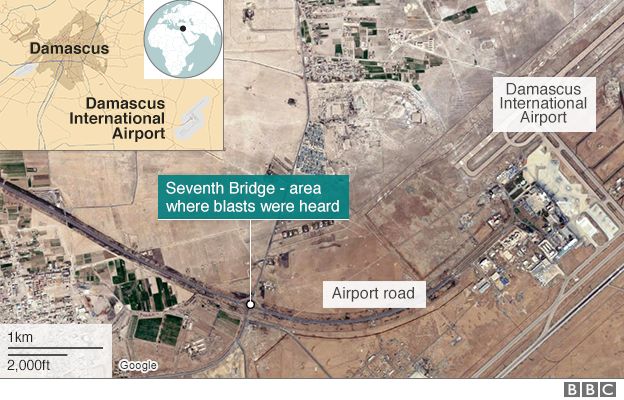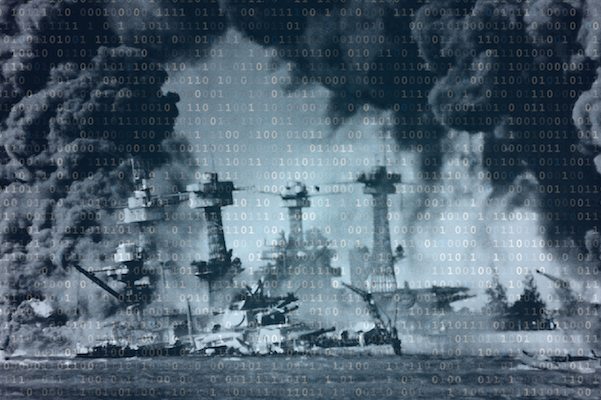 ISLAMABAD, Pakistan — Under pressure from Pakistan’s military, Prime Minister Nawaz Sharif ousted two of his top officials on Saturday in a continuing standoff over leaks to the news media of a meeting at which civilian leaders confronted the military over its alleged reluctance to halt Islamist groups in the country.
ISLAMABAD, Pakistan — Under pressure from Pakistan’s military, Prime Minister Nawaz Sharif ousted two of his top officials on Saturday in a continuing standoff over leaks to the news media of a meeting at which civilian leaders confronted the military over its alleged reluctance to halt Islamist groups in the country.
Saturday’s dismissals were the latest chapter in a showdown over a news story published in October that has infuriated the military. In the article, unnamed sources said government officials bluntly confronted the military over its lassitude in going after militants, saying that the country could be ostracized by the international community.
The removal of the two officials on Saturday, however, did not mollify the country’s powerful army, and seemed to have the opposite effect. Maj. Gen. Asif Ghafoor, a military spokesman, said in a Twitter message that the army rejected Mr. Sharif’s effort, and insisted he make public the results of an investigation into the leaks and put its recommendations into effect.
“The statement by the military will certainly intensify the standoff between the civilians and the military,” said Zahid Hussain, a leading political analyst. “We all know how powerful the military is in the country, but today’s development takes the civil-military conflict even further.”















